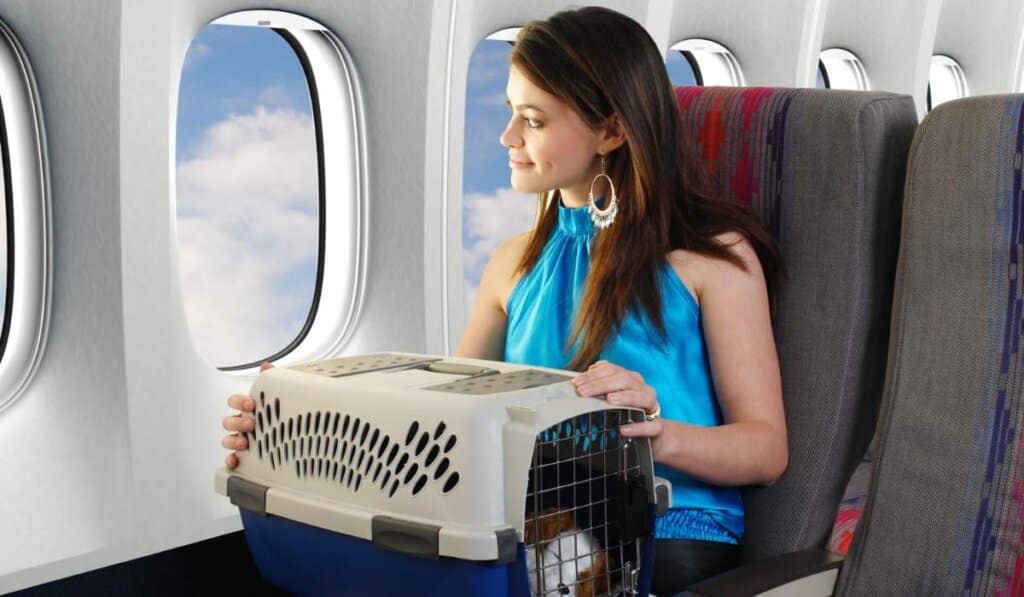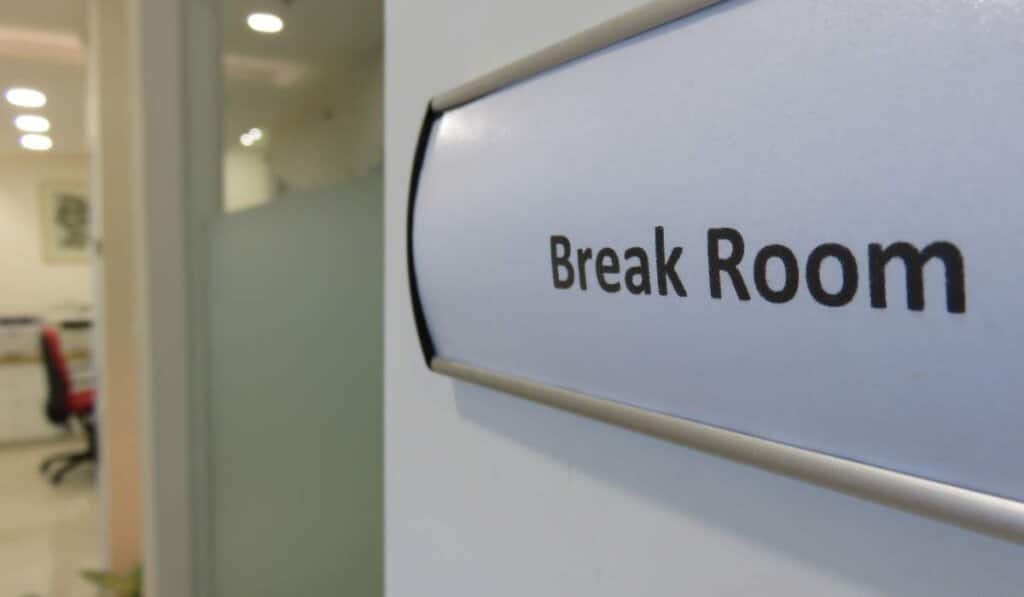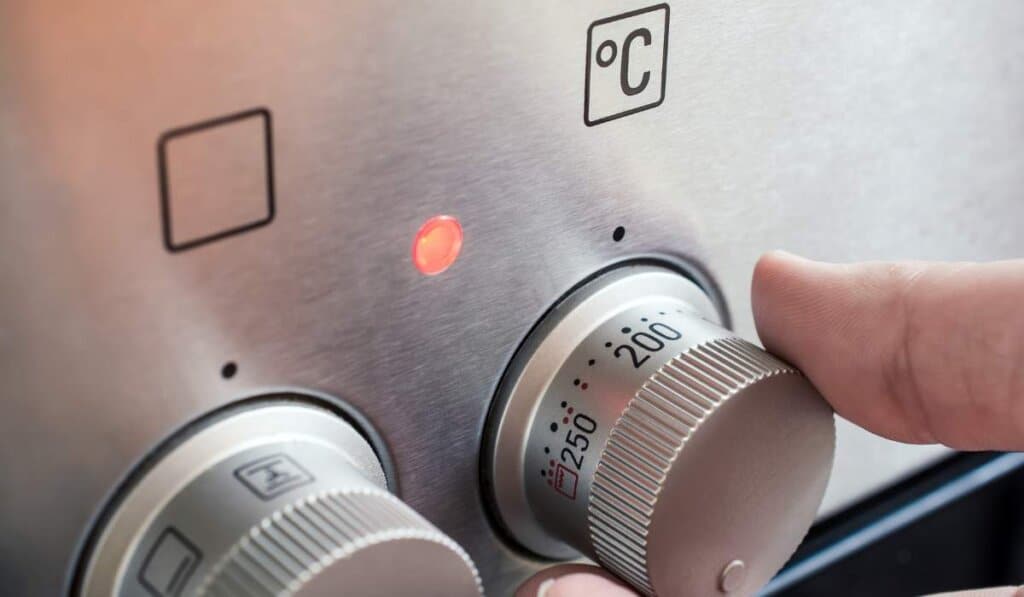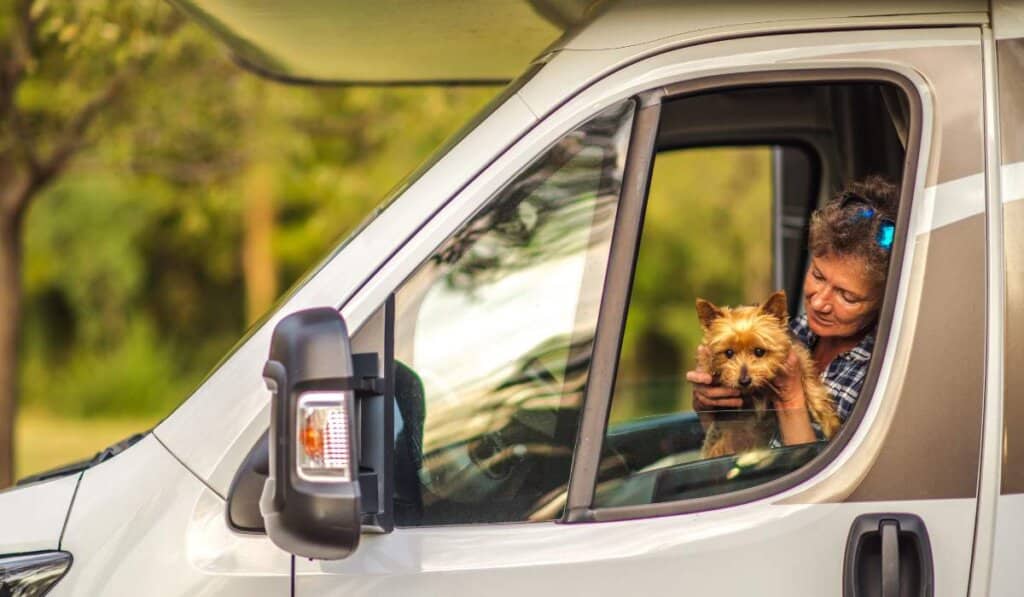Traveling with your furry friend can be an exciting adventure, but it can also be a stressful experience for both you and your pet. As a responsible pet owner, ensuring that your pet has a comfortable and safe pet travel experience is crucial. Choosing the right pet carrier is key to achieving this goal, especially when it comes to traveling with service animals, emotional support animals, and cats.
International pet travel with dogs and cats requires additional preparation and documentation, such as obtaining a health certificate from your vet. Emotional support animals may require special arrangements and approval from the airline. It’s important to research friendly airlines’ policies in advance to avoid any last-minute complications during travel.
Pet carriers come in various sizes, shapes, and materials, suitable for cats and dogs of all breeds and sizes. Finding the right one for your pet’s size, breed, and anxiety level is essential for their comfort during travel, especially for service animals and emotional support animals. Whether you opt for a soft-sided or hard-sided carrier, make sure it meets airline regulations if you plan to transport your pet as cargo.
In this guide, we will explore the best airlines for stress-free pet travel and provide tips on selecting the perfect pet carrier for your furry companion. Let’s take flight with Fido without any worries!
Plan Ahead: Booking Early and Arriving with Time to Spare

Planning ahead is key. Booking early and arriving at the airport with plenty of time to spare can help ensure a stress-free journey for both you and your pet. In this section, we’ll discuss some important points to keep in mind when planning your pet’s flight.
Book Early to Ensure Availability and Avoid Last-Minute Stress
Many airlines have limits on the number of pets allowed per flight, so it’s important to book early to ensure availability. This will also give you ample time to prepare for your trip without feeling rushed or stressed. Keep in mind that some airlines require that you book your pet’s ticket over the phone or in person rather than online.
Arrive Early for Check-In Procedures
Airlines often require additional check-in procedures for pets, so it’s important to arrive at the airport with plenty of time before departure. Some airlines may require that you check in at a separate counter or location from regular passengers, which can take extra time.
Note Specific Requirements for Pet Size, Weight, and Carrier Dimensions
Each airline has its own specific requirements for pet size, weight, and carrier dimensions. Make sure you note these requirements before booking your pet’s ticket and purchasing a carrier. Failure to comply with these requirements could result in additional fees or even being denied boarding.
Consider Your Pet’s Health Before Traveling
Before booking your pet’s flight, it’s important to consult with your veterinarian about their health status and any potential risks associated with travel. You should also consider any potential accidents or incidents that may occur during the journey and plan accordingly.
Be Prepared for Additional Costs
In addition to the cost of your own ticket, there may be additional costs associated with traveling with a pet such as fees for bringing them on board or checking them as baggage. Make sure you note these costs before booking your pet’s ticket and budget accordingly.
Understanding Pet Travel Policies and Regulations
If you’re planning to travel with your furry friend, it’s important to know that airlines have different pet policies and regulations. These policies can vary greatly from airline to airline, so it’s crucial to do your research before booking a flight.
Pet Policies and Fees
One of the first things you should consider is the pet policy of the airline you plan to fly with. Most airlines allow pets on board, but there are usually restrictions in place. For example, some airlines only allow small dogs or cats in the cabin, while others may restrict certain breeds altogether.
Most airlines charge a fee for traveling with pets. These fees can range from $75 to $200 each way, depending on the airline and destination. It’s important to factor these costs into your travel budget when planning your trip.
Requirements for Pet Travel
In addition to pet policies and fees, there are also specific requirements that must be met in order for your pet to travel with you. For example, most airlines require pets to be at least 8 weeks old and have up-to-date vaccinations and health certificates.
Some airlines also have specific requirements for pet carriers. This can include size restrictions, material requirements (such as whether it must be hard-sided or soft-sided), ventilation requirements, and more. It’s important to carefully review these carrier requirements before purchasing one for your pet.
Tips for Stress-Free Pet Travel
To ensure a stress-free journey for both you and your four-legged friend, there are several steps you can take when traveling with a pet:
- Book early: Many airlines and private jet companies have limits on how many pets, including dogs, they allow on each flight. It’s important to book early in order to secure a spot for your pet and ensure they meet the required kennel size in inches.
- Choose direct flights: Whenever possible, try to book direct flights rather than connecting flights. This will minimize the amount of time your pet spends in transit.
- Prepare your pet: It’s a good idea to acclimate your pet to their carrier before the trip. This can include getting them used to spending time in the carrier, as well as taking short car trips with them.
- Pack smart: Make sure to pack all of your dog’s essentials, including dog food, water, dog medication, and dog toys. You may also want to bring along some familiar items from home (such as a favorite dog blanket) to help keep your dog calm during the journey.
By following these tips, pet owners can ensure a stress-free travel experience for both themselves and their furry friends. Careful research of airline policies and regulations regarding pet carriers and cabin pets, especially for dogs, is crucial.
Choosing the Best Airlines for Your Furry Friend

Flying with your pet can be a stressful experience, but choosing the right airline can make all the difference. Here are some tips to help you choose the best airlines for your furry friend:
Look for Pet-Friendly Airlines
not all airlines are created equal. Some airlines have strict policies that prohibit pets from traveling in the cabin, while others are more accommodating. Look for pet-friendly airlines that allow cabin pets to travel with you. This means that your furry friend will be able to stay with you in the cabin instead of being stowed away in cargo.
Consider Airlines That Offer Pet Travel Services
Many airlines offer pet travel services for both domestic and international flights. These services typically include a variety of options such as transporting your pet in cargo or allowing them to travel in the cabin. Some airlines even offer special amenities like onboard pet relief areas and dedicated pet check-in counters.
Choose Stress-Free Carriers
If you want a stress-free experience when flying with your pet, consider airlines like United Airlines, Alaska Airlines, Southwest Airlines, Delta Air Lines, JetBlue Airways, and private jet carriers. These carriers have established reputations for providing excellent service and accommodations for passengers traveling with pets.
Private Jet Travel
For pet owners who want the ultimate luxury experience when traveling with their international pets, private jet travel is an option worth considering. Private jets provide a stress-free environment where you can relax and enjoy your flight without worrying about any disruptions or inconveniences caused by other passengers. The cabin pet policy allows you to bring your furry friend along, and pet carriers can be easily accommodated in the spacious cabin.
Preparing Your Pet for the Flight: Tips and Advice
Flying with your furry friend can be a daunting experience, especially if it’s their first time. However, with proper preparation and attention to detail, you can ensure that your pet has a stress-free journey. Here are some tips and advice to help you prepare your pet for their first flight:
Familiarize Your Pet with Their Carrier Before the First Flight
It’s essential to make sure that your pet is comfortable in their carrier before the flight. Start by introducing them to the carrier at home and let them explore it on their own terms. You can also place treats or toys inside the carrier to encourage them to enter.
Once they’re comfortable inside, try closing the door for short periods while you’re still at home. Gradually increase the amount of time they spend inside until they’re comfortable being in there for an extended period.
Make Sure Your Pet’s Vaccinations Are Up To Date and Bring a Copy of Their Health Certificate
Before flying with your pet, make sure that their vaccinations are up-to-date as required by airlines, and bring a copy of their health certificate. This will ensure that your pet is healthy enough to travel and prevent any issues during check-in.
It’s important to note that some airlines require specific vaccinations or health certificates depending on where you’re traveling. Therefore, it’s best to check with the airline beforehand.
Avoid Feeding Your Pet A Large Meal Before The Flight To Prevent Motion Sickness
Just like humans, pets can suffer from motion sickness during flights. To avoid this, avoid feeding your pet a large meal before flying as this can cause discomfort during turbulence.
Instead, feed them a light meal 3-4 hours before departure or stick to small snacks throughout the day if it’s an extended journey.
Consider Using Calming Aids or Consulting With Your Veterinarian for Anxiety-Prone Pets
If your pet is prone to anxiety during travel, consider using calming aids such as pheromone sprays or natural remedies. However, it’s essential to consult with your veterinarian before administering any medication or supplements.
Your veterinarian can recommend the best options based on your pet’s health and specific needs. They may also prescribe medication if necessary.
Ensuring Your Pet’s Comfort: Acclimation and Bathroom Break

it’s important to ensure their comfort during the flight. After all, nobody wants a stressed-out pet on a long journey. Here are some tips for ensuring your pet’s comfort during air travel:
Comfort is key
First and foremost, make sure your pet is comfortable during the flight. This means choosing an airline that allows pets in the cabin if possible, so you can keep an eye on them throughout the journey. If your pet must travel in cargo, make sure they have a comfortable carrier with plenty of room to move around.
Avoid sedatives
Many pet owners assume that giving their furry friends a sedative will help them relax during air travel. However, this is not recommended as sedatives can cause respiratory issues and other health problems for pets at high altitudes. Instead, try natural remedies like pheromone sprays or calming music to soothe your pet.
Room to move
Choose an airline that allows pets to move around during the flight. Some airlines have restrictions on where pets can be placed in the cabin or how often they can be taken out of their carriers. Look for airlines that allow pets to sit under your seat or even on your lap if they’re small enough.
Bathroom breaks
Make sure your pet has access to bathroom breaks before and after the flight. This means taking them for a walk or letting them use a designated pet relief area at the airport before boarding. During longer flights, some airlines may offer bathroom breaks for pets mid-flight as well.
In addition to these tips, it’s also important to acclimate your pet to air travel before the actual trip. This means getting them used to their carrier or crate beforehand by leaving it out in their living space and encouraging them to explore it on their own terms.
Hydration and Health: What to Watch Out for Before the Flight
There are many things you need to consider. One of the most important factors is their hydration and overall health before and during the flight.
Why Hydration Matters
Just like humans, pets need water to survive. And when they’re traveling by plane, it’s essential that they stay hydrated. Dehydration can cause serious health problems during air travel, including:
- Heatstroke
- Kidney failure
- Seizures
- Coma
To prevent these issues, it’s crucial to monitor your pet’s water intake before and during the flight.
How Much Water Your Pet Needs
The amount of water your pet needs depends on their size, breed, age, and activity level. As a general rule of thumb, pets should drink about one ounce of water per pound of body weight each day.
Before the flight, make sure your pet drinks plenty of water so they’re fully hydrated. During the flight, offer them small amounts of water regularly to keep them hydrated without overloading their system.
Signs Your Pet Is Dehydrated
Knowing the signs of dehydration in pets can help you catch any issues early on. Some common signs include:
- Dry mouth or nose
- Sunken eyes
- Lethargy or weakness
- Loss of appetite
- Panting excessively
If you notice any of these symptoms in your pet during or after the flight, seek veterinary care immediately.
Tips for Keeping Your Pet Hydrated
Here are some tips for ensuring your pet stays hydrated before and during their flight:
- Offer plenty of fresh drinking water before the flight.
- Avoid giving your pet salty foods or treats before the flight.
- Bring an empty water bottle with you through security and fill it up once you’re in the terminal.
- Offer your pet small amounts of water regularly during the flight.
- Consider adding a hydration supplement to your pet’s water before the flight.
By following these tips, you can help ensure that your furry friend stays hydrated and healthy throughout their journey. Remember, proper hydration is key to a stress-free pet travel experience!
In-Flight Safety: Kennel Regulations and Temperature Control

safety is of utmost importance. Airlines have strict regulations in place to ensure that pets are safe and comfortable during flights. This includes kennel regulations, health certificates, temperature control in the cargo hold, and security measures.
Kennel Regulations
Airlines require that pets travel in an airline-approved kennel that meets specific size requirements. The kennel must be large enough for the pet to stand up, turn around, and lie down comfortably. It should also be made of sturdy materials that can withstand the rigors of air travel.
The kennel must have proper ventilation to ensure that your pet has access to fresh air during the flight. It should also have a secure latch or locking mechanism to prevent accidental escape.
Health Certificates
Before allowing a pet on board, airlines require a health certificate from a licensed veterinarian stating that the animal is healthy enough to fly. This ensures that pets are not at risk of developing any medical issues during the flight.
It’s important to note that these health certificates must be obtained within a certain timeframe before travel (usually within 10 days). Make sure you check with your airline to confirm their specific requirements for health certificates.
Temperature Control in Cargo Hold
Temperature control in the cargo hold is crucial for pet comfort and safety during flights. The cargo hold can get extremely hot or cold depending on the weather conditions outside, so it’s important for airlines to monitor and regulate the temperature inside.
Most airlines have strict policies in place regarding temperature control and will not allow pets on board if they feel it’s too dangerous for them. Some airlines may even refuse to transport pets during certain times of the year when temperatures are extreme.
Security Measures
Airlines take security very seriously. They have strict procedures in place to prevent pets from escaping or being harmed during flights.
This includes ensuring that kennels are properly secured and labeled with the pet’s name, owner’s contact information, and any necessary instructions for handling the animal. Airlines also have trained personnel who handle pets during loading and unloading to ensure their safety.
Post-Flight Care: Treats, Temperature, and Bathroom Breaks Again
taking care of them doesn’t end when the flight lands. Post-flight care is just as important as pre-flight preparation. Here are some things to keep in mind for your pet’s post-flight needs.
Exit Rows Are Not Available for Passengers Traveling with Pets
If you’re used to sitting in an exit row for extra legroom, unfortunately, that won’t be an option when traveling with a pet. The Federal Aviation Administration (FAA) prohibits pets from occupying any seat that has direct access to an emergency exit.
Airlines Have Different Weight Limits for Pets, Ranging from 20 to 100 Pounds
Before booking a flight with your pet, make sure you check the airline’s weight limit policy. Each airline has its own rules regarding how much a pet can weigh and still be allowed on board. Weight limits can range anywhere from 20 pounds up to 100 pounds or more.
The Process of Retrieving Your Pet After a Flight Can Take Up to an Hour
After landing at your destination airport, you’ll have to wait for your pet to be unloaded from the plane and brought to you. This process can take up to an hour or more depending on the airport and airline.
Temperature-Controlled Cargo Areas Ensure Your Pet’s Safety During the Flight
To ensure your pet’s safety during the flight, airlines provide temperature-controlled cargo areas where pets are kept during transport. These areas are designed specifically for pets and maintain a comfortable temperature throughout the flight.
Bathroom Breaks are Necessary for Pets During Layovers or Connecting Flights
If you have a layover or connecting flight, make sure there is enough time between flights for your pet to take a bathroom break. Some airports have designated areas specifically for pets where they can relieve themselves before their next flight.
Dog-Friendly Destinations and Transportation Options

Traveling with your furry friend can be a fun adventure, but it’s important to ensure that they have a stress-free journey. Whether you’re taking a road trip or flying to your destination, there are several things to keep in mind when planning your pet’s travel.
Service Animals
Firstly, it’s important to note that service animals are allowed on most airlines and do not require any additional fees. These animals provide assistance to individuals with disabilities and are trained to perform specific tasks. They are exempt from certain airline policies such as breed restrictions and size limitations.
Transportation Options
there are several options available depending on the size of your dog. Some airlines offer in-cabin transport for small pets, while larger dogs may need to be transported as cargo. It’s important to research the specific airline’s policies on pet transport before booking your ticket.
If you’re traveling by car, make sure that your pet is secured safely in a crate or using a seatbelt harness. This will prevent them from moving around during the journey and keep them safe in case of an accident.
Pet Relief Areas
Many airports and stations have designated pet relief areas for dogs to use before and after flights. These areas provide a space for your dog to stretch their legs, relieve themselves, and get some fresh air before continuing their journey.
It’s important to take advantage of these areas as traveling can be stressful for pets too. Make sure that you bring plenty of water for your dog as well as some food if they will be traveling for an extended period of time.
Humane Society Recommendations
The Humane Society recommends that you avoid feeding your pet 4-6 hours before travel if possible. This will help prevent motion sickness during the journey.
They also recommend acclimating your dog to its carrier or crate before travel by leaving it out in the house and encouraging your dog to explore it. This will help them feel more comfortable during the journey.
Happy Travels with Your Furry Companion
Traveling with your furry friend can be a breeze if you choose the right airline. However, it’s important to do your research before booking a trip. Here are some tips to ensure a stress-free journey for both you and your pet.
Check the Pet Policy
Most airlines allow pets on their flights, but each airline has its own specific pet policy. Some airlines only allow pets in the cargo hold, while others offer in-cabin pet travel options. It’s important to check the airline’s policy before booking your trip.
Emotional Support Animals and Service Dogs
If you’re traveling with an emotional support animal or service dog, make sure to check with the airline beforehand for any additional requirements or documentation needed. Some airlines may require advance notice or specific forms to be filled out.
Pet-Friendly Amenities
Some airlines offer amenities specifically for pets, such as in-cabin travel options and pet relief areas at airports. These amenities can make traveling with your furry companion much easier and less stressful.
Hawaii Regulations
If you’re planning a trip to Hawaii with your furry friend, be aware that there are strict regulations for bringing pets into the state. Make sure to plan accordingly and follow all necessary steps before traveling.
Frequently Ask Questions (FAQs)
Now that you know all the important details about taking your furry friend on a flight, let’s go over some frequently asked questions to ensure you’re fully prepared for your journey.
Can I bring my pet on board with me?
This depends on the airline and its specific policies. Some airlines allow small pets in the cabin with you, while others require pets to travel in cargo. Make sure to check with your chosen airline ahead of time.
What documents do I need to bring for my pet?
Most airlines require a health certificate from a veterinarian stating that your pet is healthy and up-to-date on vaccinations. You may also need additional paperwork depending on your destination.
How can I make sure my pet is comfortable during the flight?
Prepare your pet by acclimating them to their kennel beforehand, providing familiar items like toys or blankets, and ensuring they have access to water throughout the flight.
What should I do if my pet gets anxious or stressed during the flight?
Talk to your veterinarian about possible solutions such as calming supplements or medication. You can also provide comforting items like toys or blankets.
What are some dog-friendly destinations I can travel to with my furry companion?
Many cities have dog parks, pet-friendly hotels, and restaurants that welcome dogs. Do some research ahead of time to find destinations that will be enjoyable for both you and your furry friend.

